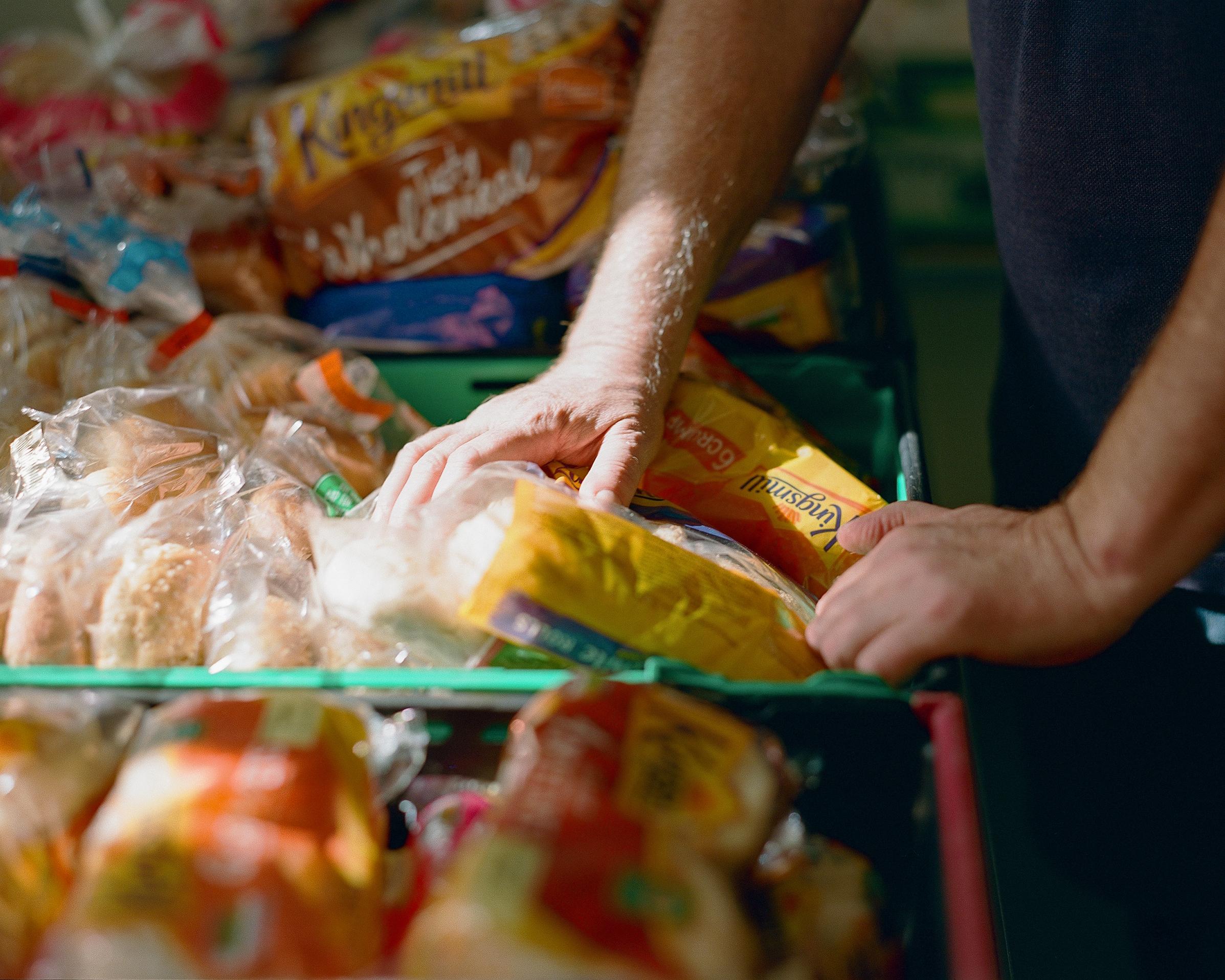
Ethnicity and the heightened risk of very deep poverty
Like poverty in general, very deep poverty is higher for people in households headed by someone of black, Asian and minority ethnicity. In this blog, Peter and Rachelle look at important differences in both the levels and trends of very deep poverty, and the impact of the cost of living crisis for different ethnic groups.
It is not right that your skin colour heightens your poverty risk, yet this is the truth of the matter, and remains the case when we look at very deep poverty. Pre-pandemic, around one in six people in working-age families were in a household headed[i] by someone of black, Asian and minority ethnicity, but over one in four of people in poverty or very deep poverty were from such households.
We looked at the reasons for higher poverty rates for different minority ethnic groups in our report UK Poverty 2022, where we identified differences in family composition, employment rates and the likelihood of working in low-paying sectors as some of the reasons for the differences.
In our recent report Going without: deepening poverty in the UK, we dive below the headline poverty estimates to look instead specifically at very deep poverty. There is no single definition of deep poverty, but in our work we have drawn the line at 40% of the contemporary median, compared with the standard headline measure of 60%. We have also just looked at working-age families. Most of the analysis presented here is based on three years of survey data covering the period April 2017 to March 2020, for example, immediately before the start of the pandemic. We combine years so we have enough of a sample to go beyond an uninformative white / black, Asian, minority ethnicity split. We also include analysis from our May 2022 Cost of Living Survey to show how households are currently faring.
The chart below shows that some of the very deep poverty patterns are similar to the well-known differences in overall poverty by ethnicity; for example, people in households headed by someone of white or Indian ethnicity having low rates of very deep and overall poverty, while other groups have higher rates of very deep and overall poverty. People from Bangladeshi, ‘other Asian’, black and ‘other’ ethnic backgrounds stand out, with more than a fifth experiencing very deep poverty.
[i]Defined as the member of the household with the highest income, or the oldest member if two or more members with the highest income have the same amount.
It is worth noting though, there is less variation overall between ethnic groups that are black, Asian and minority ethnicity or Indian, with the very deep poverty rate ranging between 16% and 24%, compared to a spread of 29% to 55% in overall poverty rates. More work is needed to look at why this might be the case, but differences in household composition and benefit receipt is likely to play a role.
Clearly the bottom line is that the risk of poverty is unacceptably high for many ethnic groups. We also wanted to look at how these risks have changed over time. Here the picture looks quite different for different groups. Since 2002, there were steady reductions by around a quarter in the very deep poverty rate for people in working-age families in households headed by someone of Pakistani and Bangladeshi ethnicity – poverty rates for these groups have also fallen over the same period. On the other hand, there was a steady but small rise in the very deep poverty rate of households headed by someone of white ethnicity (although this remains the ethnic group with the lowest rate of very deep poverty). There has been no progress in reducing very deep poverty for people in households headed by someone of black ethnicity, with a rise in the latest period. Changes over time for other groups are more volatile.
While there has been progress in reducing the percentage of some ethnic groups who are in very deep poverty, this is against a backdrop of increasing populations, with faster increases for all black, Asian, and minority ethnicity groups compared to the white group. This means that the risk is falling but the number of people in black, Asian and minority ethnicity groups groups in very deep poverty is growing: over half of the increase in very deep poverty since 2002-05 has been made up by people from black, Asian and minority ethnicity groups. In addition, the rapidly rising cost of living is also at risk of reversing the downward trend.
We can look beyond income at whether someone’s home cannot be kept adequately warm and whether the family is behind with bills. One in six people in households headed by someone of Bangladeshi ethnicity are unable to keep their homes adequately warm compared to just 1 in 42 in households of Indian ethnicity and 1 in 26 in households of Chinese ethnicity.
People in households headed by someone of black or Bangladeshi backgrounds are most likely to be in families behind with their bills, with one in six people in these families. This compares to just 1 in 24 people in households headed by someone of Chinese ethnicity.
The analysis so far has all been pre-pandemic, but using results from our May 2022 Cost of Living Survey we can look at the share of working-age households in the bottom 40% of income who are in arrears or going without at least one essential, or experiencing food insecurity by broad ethnic group. While our sample size isn’t as large as the Family Resources Survey, the difference is massive, with around three quarters of people from black, Bangladeshi or Pakistani households in arrears, compared to just under half of white households (45%). Over eight in ten black households and households with mixed ethnicity, and Bangladeshi and Pakistani households, reported going without essentials in 2022 or experiencing food insecurity in the last month, compared to 69% of white households.
The most obvious conclusion raised from looking across this analysis is anger at the injustice of such stark differences in very deep poverty, or risk of going without essentials, by ethnicity. This is coupled with frustration that we cannot fully dig into the reasons for the differences due to lack of available data, although we do want to look as far as we can at how ethnicity overlaps with other risk factors like family composition, work status, benefit receipt, how far outcomes are the product of discrimination, and how far they can be tackled by policy change. It is clear that in our future work on destitution and very deep poverty, we must look at this through the lens of how depth of poverty interacts with different characteristics. This blog and the accompanying one on disability, highlight two of the areas where our focus has to be sharpest.

This story is part of the deep poverty and destitution topic.
Find out more about our work in this area.
